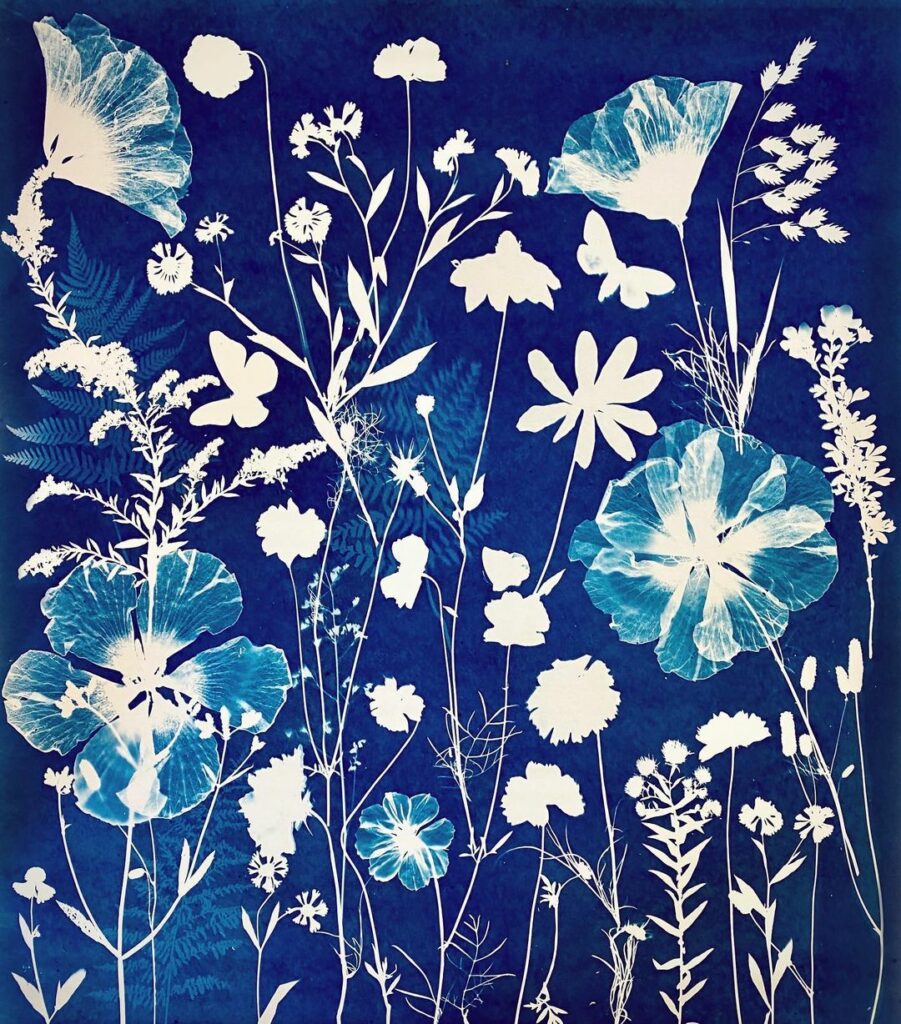Re-Mapping Place
Start by watching ReMapping Place by Barry Ace, hosted through the Ottawa Art Gallery. You can look over the lesson plan here. Then, go over the following questions with students before adventuring outside and connected with the local area.
- What is your initial reaction to barry ace’s work?
- How easily could you get somewhere you know well without a map?
- What do you think of barry’s use of a school map in Anishinabek in the Hood (2007)? Would the use of a different material change the meaning of the work? How so?
- What is the difference between cultural sharing and appropriation?
Consider the following:
- besides geographical, mapping can be connected to: home, travel, belonging, environment, family history, safety, community, immigration, multi-culturalism
- what message are you trying to convey? what can you do to make that message stand out?
- social change, reflect actions, community & how we interact with each other day-to-day, continuity between history and contemporary
Finally, students can create their own multi-media maps using paper, found materials, paints, maps or drawn maps, stitching, etc.
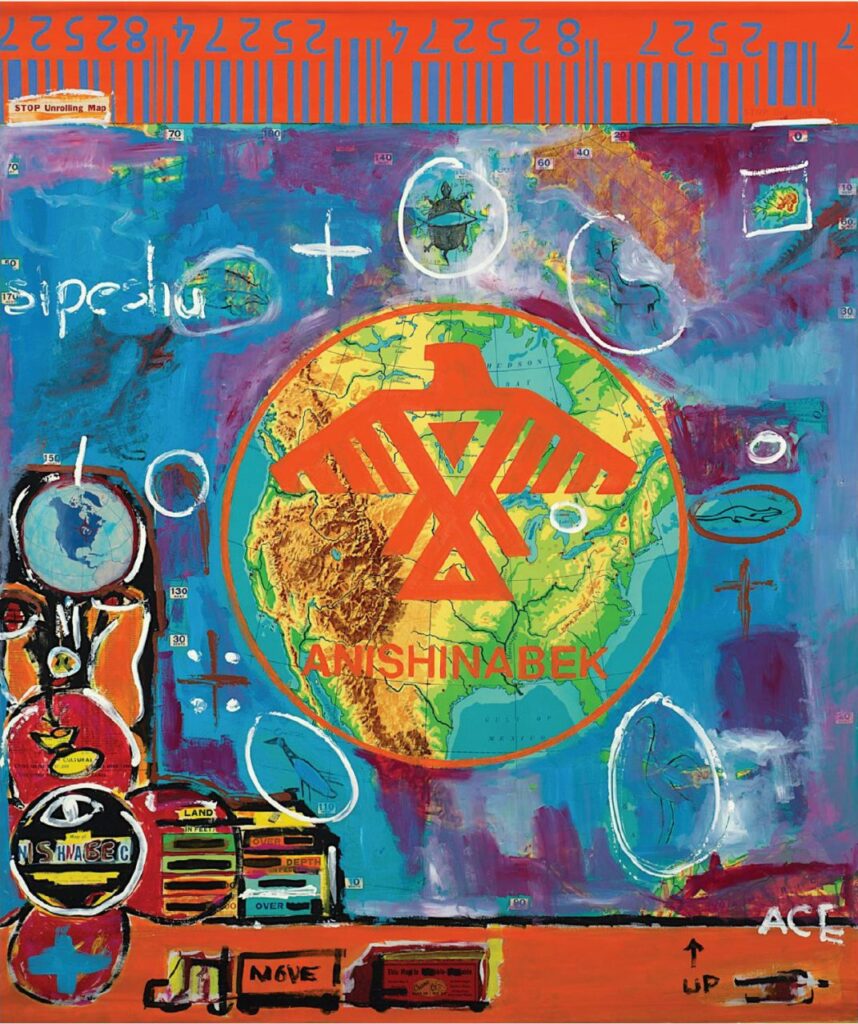
Identity
When considering lessons on identity, ancestry and heritage, be cognizant that not all students will have positive connections or associations. Please practice due diligence in being trauma-aware.
Look at Dylan Thomas‘ work Mandala, and other works that connect to identity. Have students research their personal ancestry or identity by interviewing family or friends. Then, connect with the land; talk about whose territory you’re on and explore the surrounding areas. Lay or sit on the ground to connect more deeply, and take some time to reflect on personal ancestry. Create four pie-shaped pieces of paper to be used for drawing or painting images that connect to or represent identity. Finally, connect the 4 images together to create a full circle.
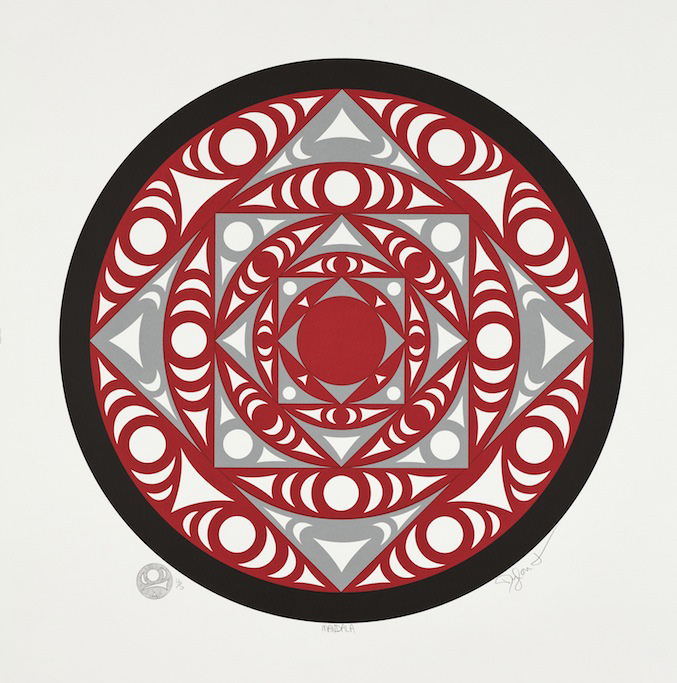
Water Cycles
Check out the following and explore how they connect to water cycles:
Hydrology Series – Elysian Studios
Theory of Water – Leanne Betasamosake Simpson
Water in Aboriginal Art
Water Spirits
Then, talk about how line, colour, repetition can be used to create movement. Walk or take a field trip to the nearest body of water. Do some en plein air sketching to see if you can trace the water cycle in the area you choose to sketch. Zoom in or zoom out! Once back at the studio, create some larger 2d mixed media pieces inspired by water that focus on movement.
Sculpture
How does the natural world inspire us to create? Spend time in an outdoor space. Have students sketch through using their senses; what do they see, hear, smell, taste, and touch? How are they able to express senses through a sketch? Then, take the senses drawings, choose one, and sketch something that could be made into a sculpture. Decide from here if they will be showcased indoors or outdoors. How does the sculpture change if it is moved into a new location?
Some artworks/artists to look at…
Zena Holloway – Wheatgrass Sculpture
Andy Goldsworthy
Hannah Streefkerk – Mending Nature
Large Scale Sculptures – Human Nature
Jeffrey Rubinoff Sculpture Park
Kuno Vollet
Anne Ghez
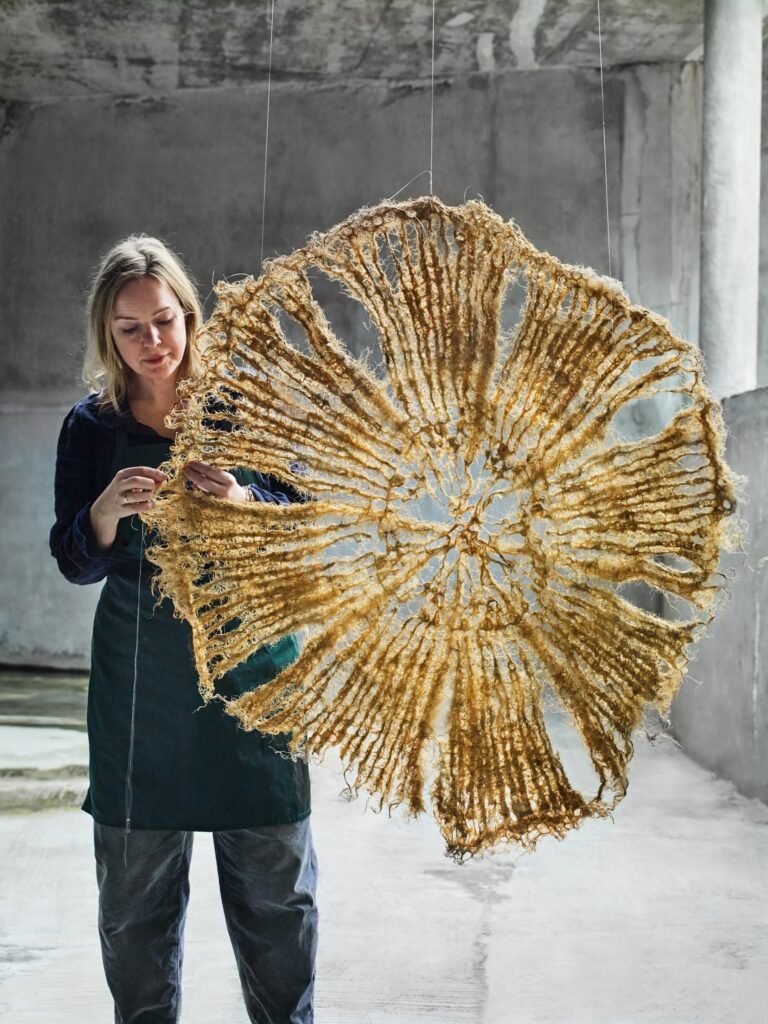
Ceramics
Walk through or spend time in an outdoor space. Have students sketch through using their senses; what do they see, hear, smell, taste, and touch? How are they able to express senses through a sketch? Then, take the senses drawings, choose one, and decide how to interpret it into a 3d clay object. This can either be a functional object (ie. mug, plate, bowl) or a sculptural object (something that doesn’t have a direct function).
Some artworks/artists to look at…
utility based:
Nature Imprint
Feastware – The Wondersmith
It’s Just Dirt: Leaf Imprint Vessel
sculptural:
Anne Goldman Ceramics
Andrew Dewitt
Jenni Ward – Nest Series
Jenni Ward – Bone Series
Denise Romecki
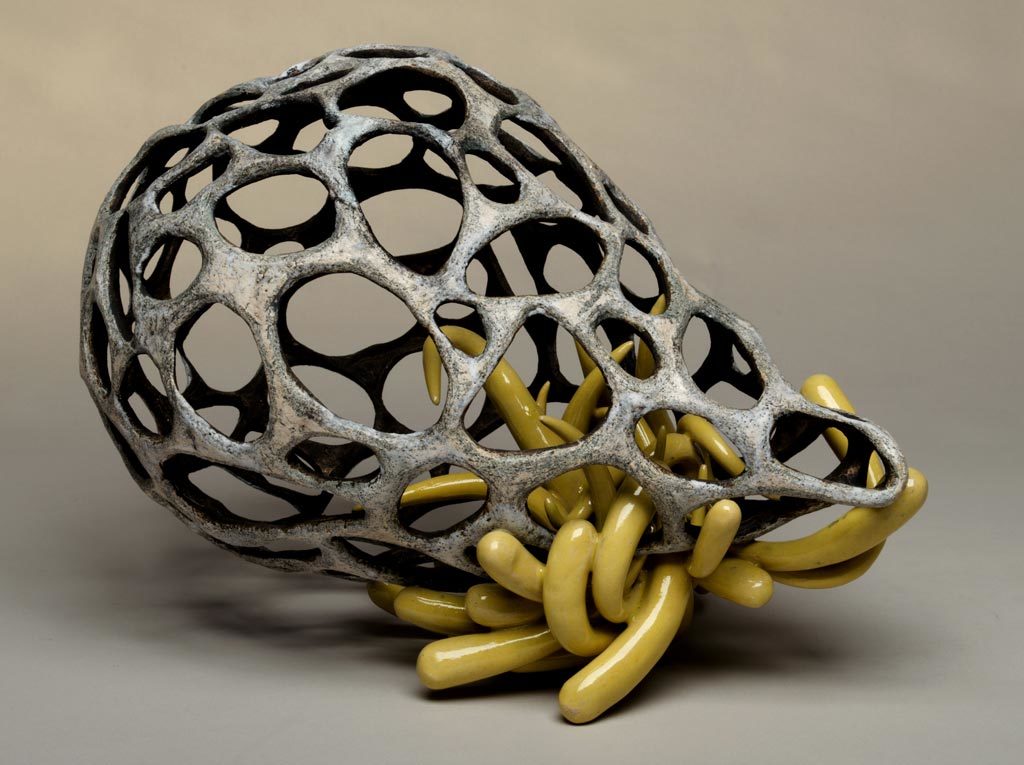
Drawing / Painting
Take your drawing or painting classes outdoors! Drawing can often be a challenging medium to breech as skill is acquired through time and practice. To begin your drawing unit, start with some materials and mark making, followed by blind contour drawings to get students out of their heads. This can be done in an outdoor space with two circles – an inner circle of students facing an outer circle of students. Every 30 seconds, 1 minute, 2 minutes, or your chosen time, have the inner circle move one person over and start again. Further into the unit, practice some en plein air drawings. These can be quick sketches which can then be used as reference for a larger, more detailed drawing work created in the classroom. Ask your students to compare the experience of outside vs. inside and see where they prefer working! Space and place is integral to practicing the arts.
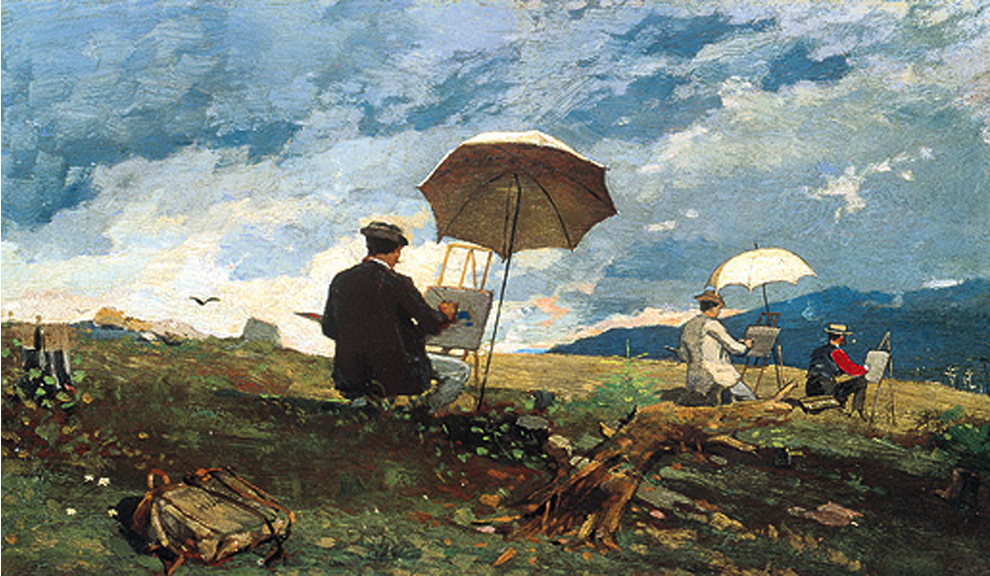
Artists that utilize en plein air:
Bethanne Kinsella Cople
PJ Cook
Ralph Parker
Jane Blundell
Emily Carr
Barbara Coleman
Cyanotypes
View and discuss example artworks via videos and slideshow with students about cyanotypes and its process. Explore an outdoor area that is close by your school – what can you find and collect (fallen debris, rocks, etc) without harming the environment to use in your cyanotype? What kind of things can you collect before hand as a group that can be shared and used to explore cyanotyping? Guide your image creation through using the elements & principles of art. Finally, follow up with a journal prompt: how does your cyanotype print convey the importance of the environment?
How-to resources:
How to Make Cyanotypes
Step-by-Step Instructions for Cyanotypes
Guide to Cyanotype Printing
Artists:
Jonah Calinawan
Anna Atkins
Sylvia Charbonnier
Gohar Dashti
Julia Whitney Barnes
